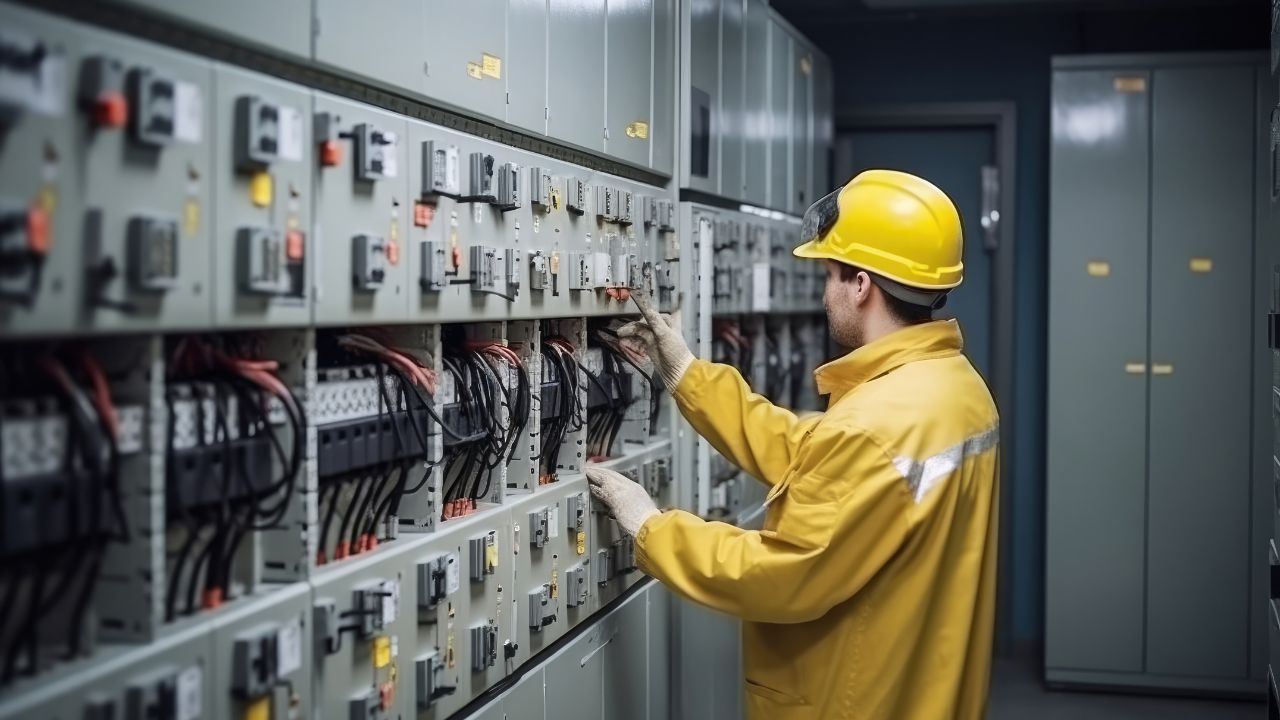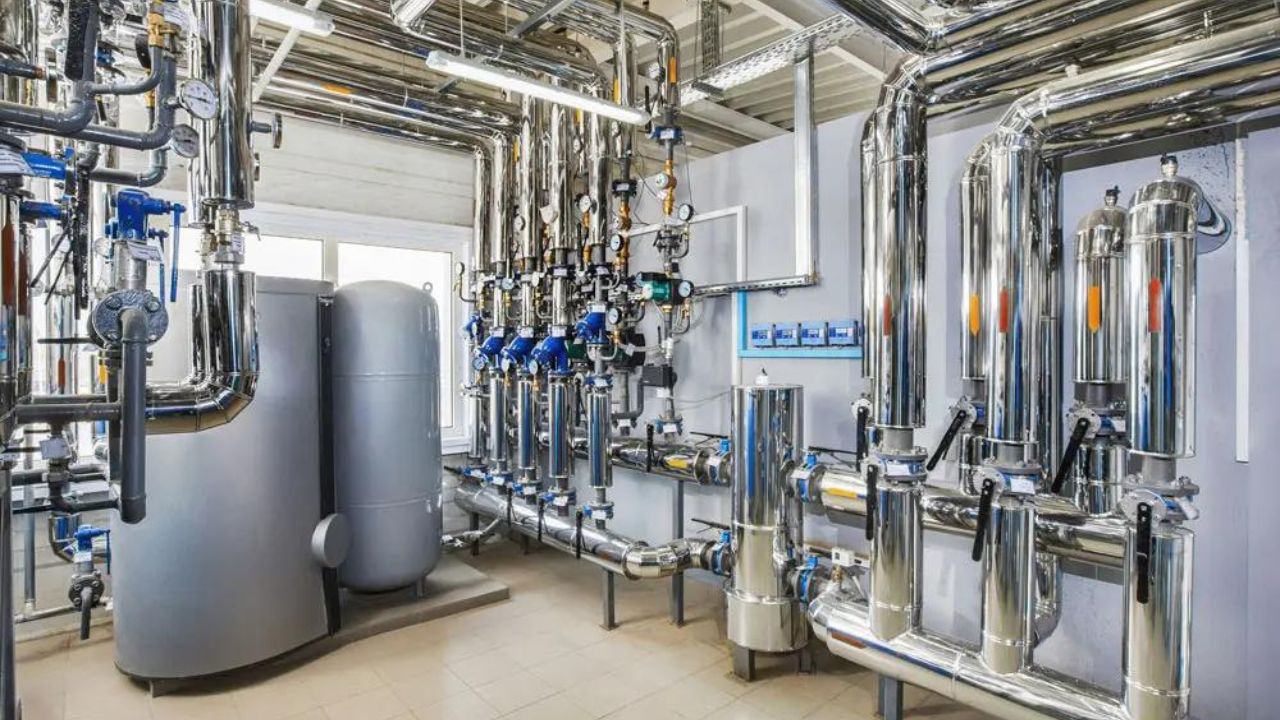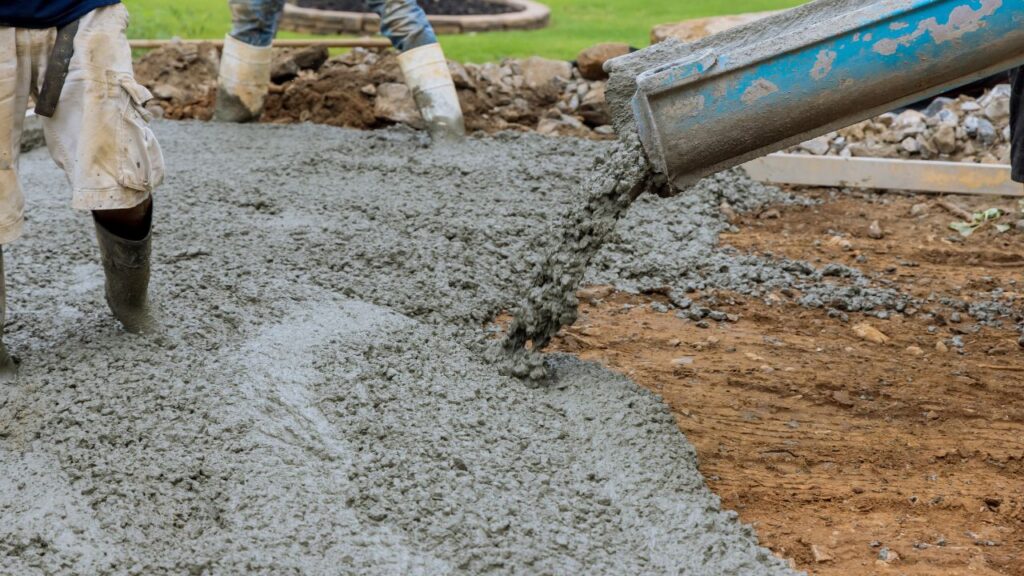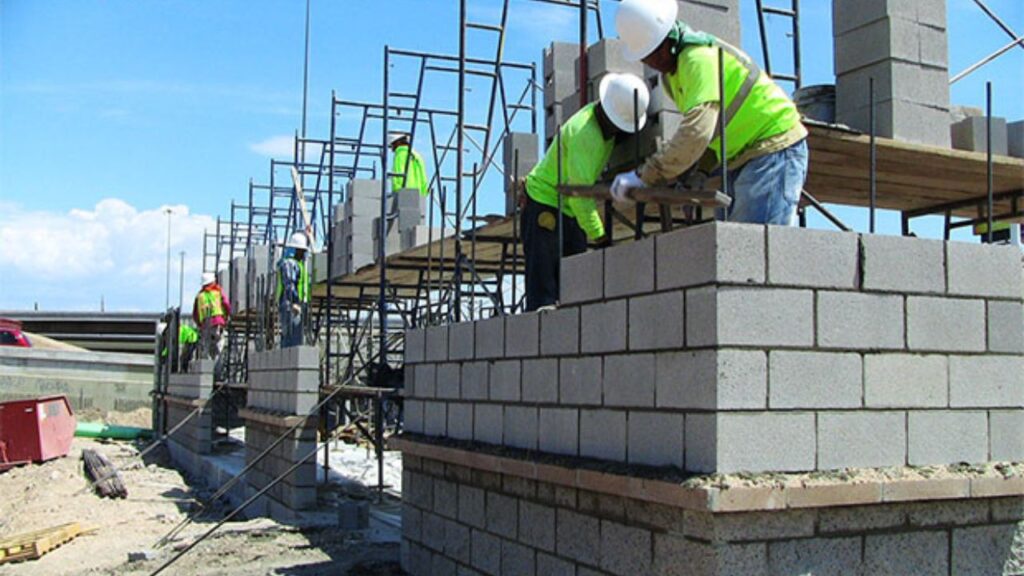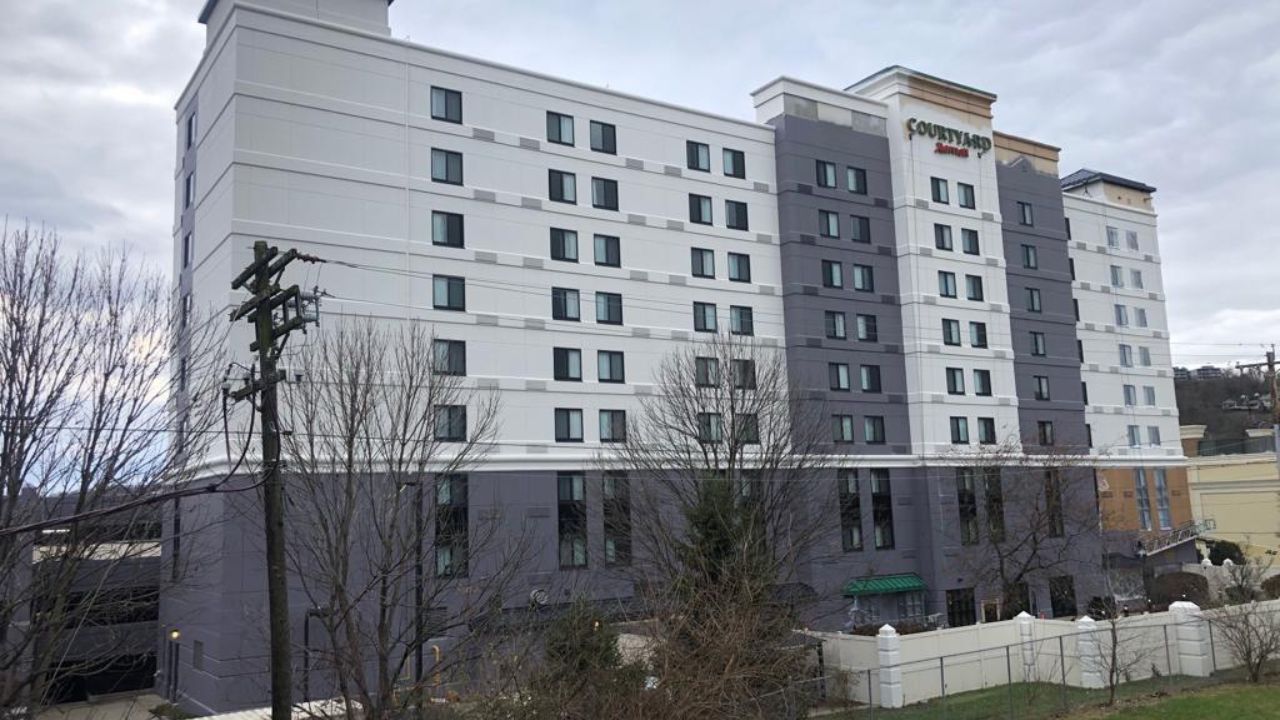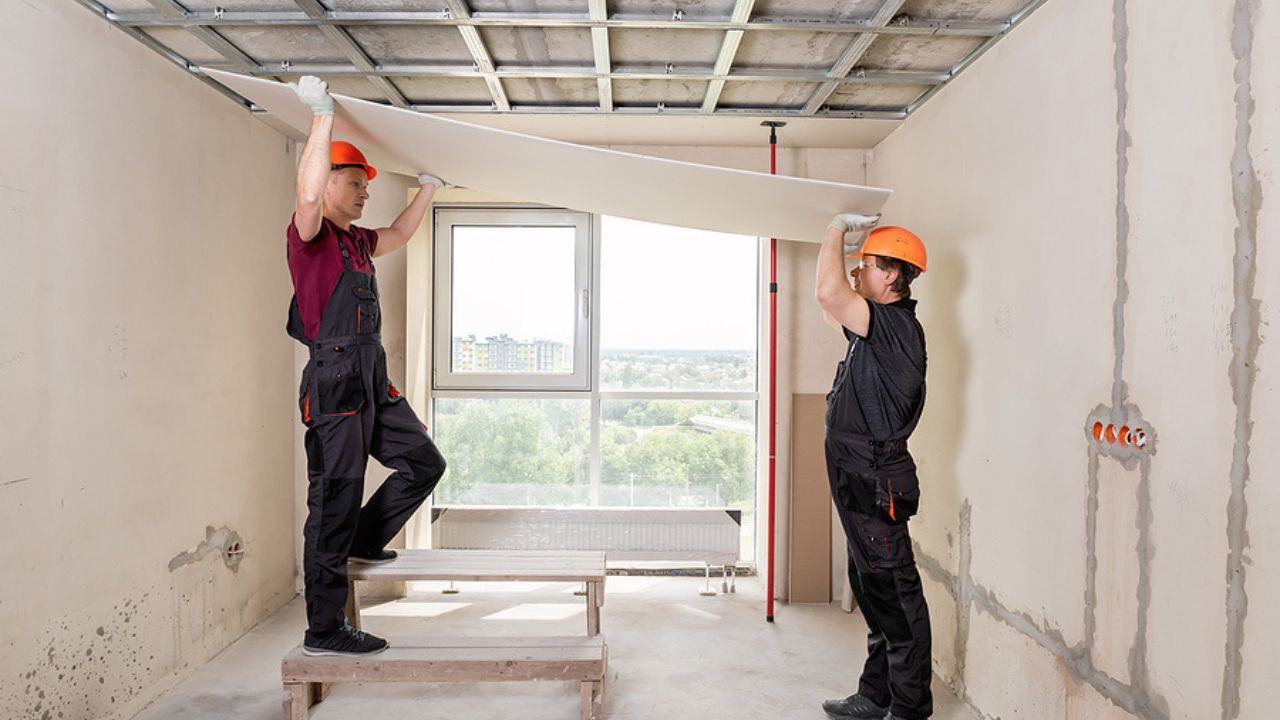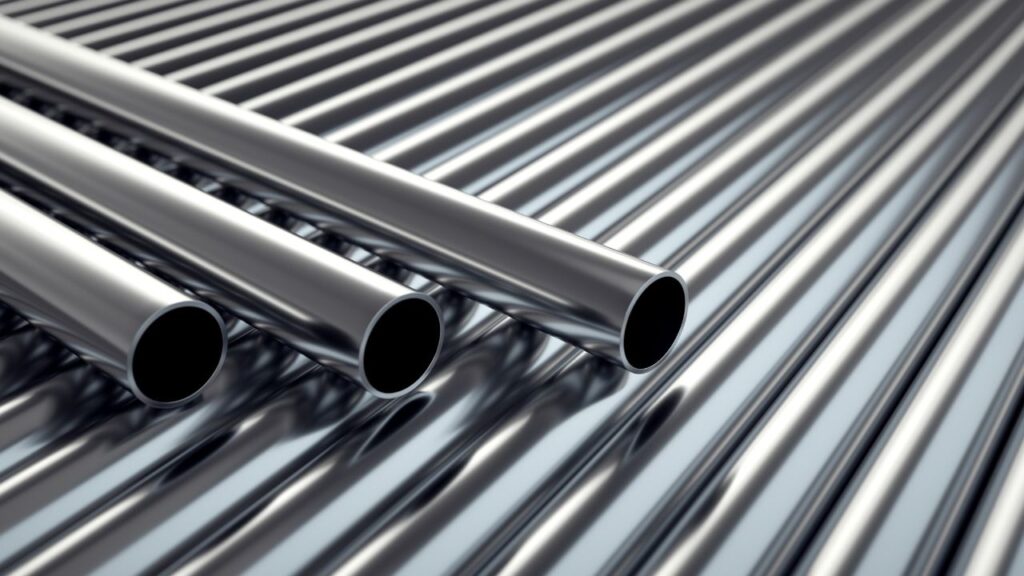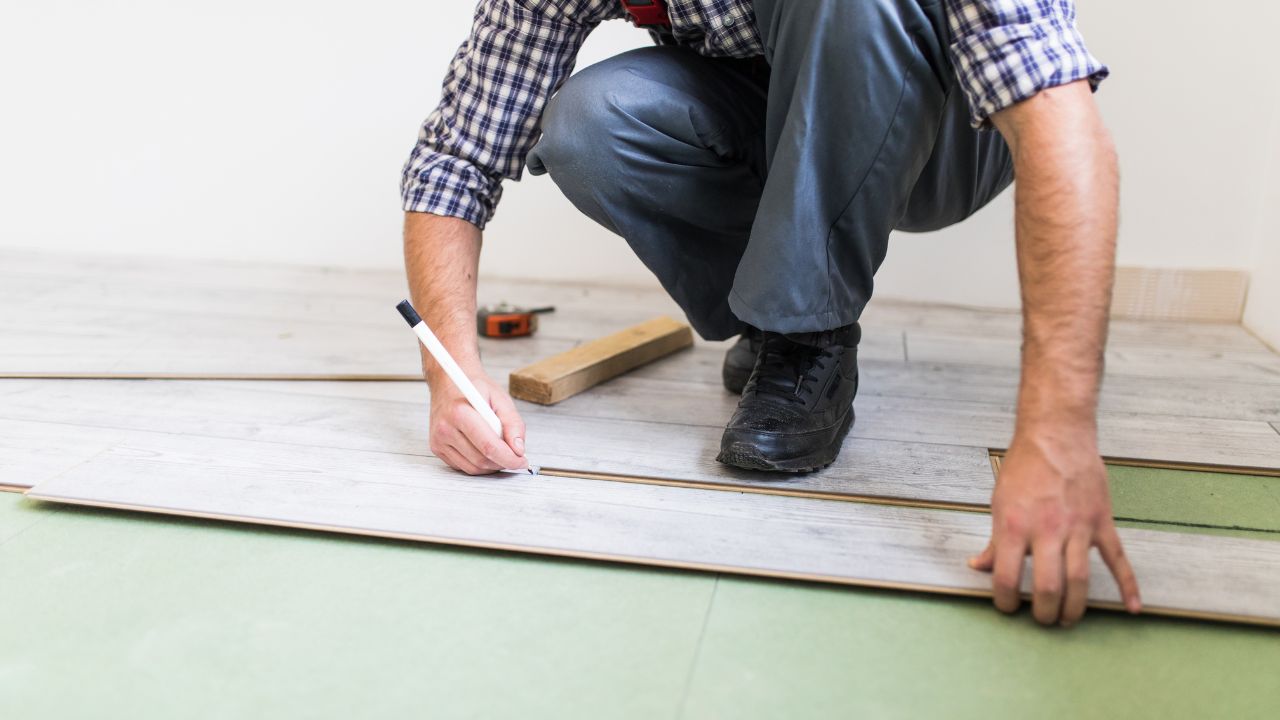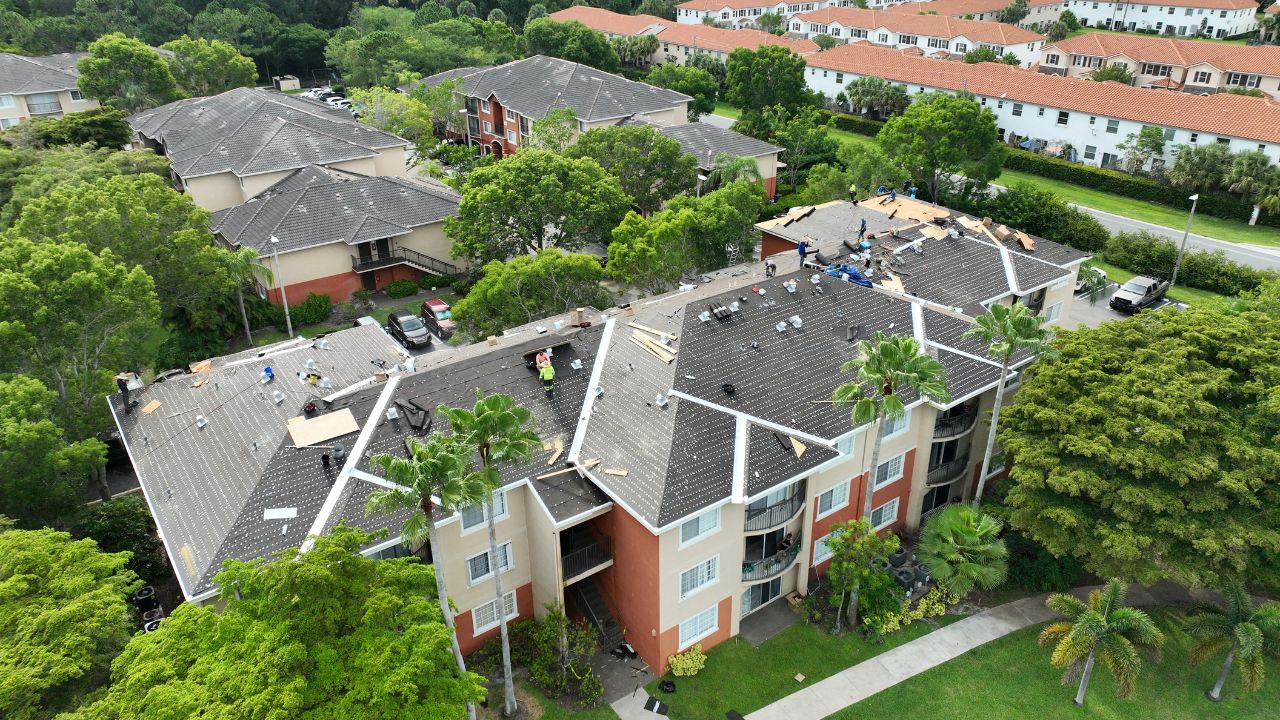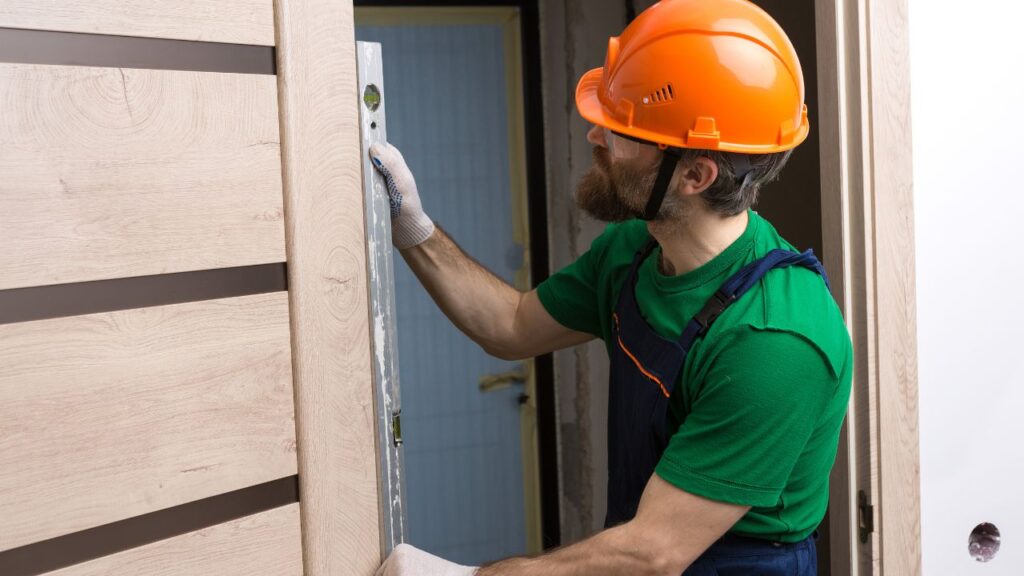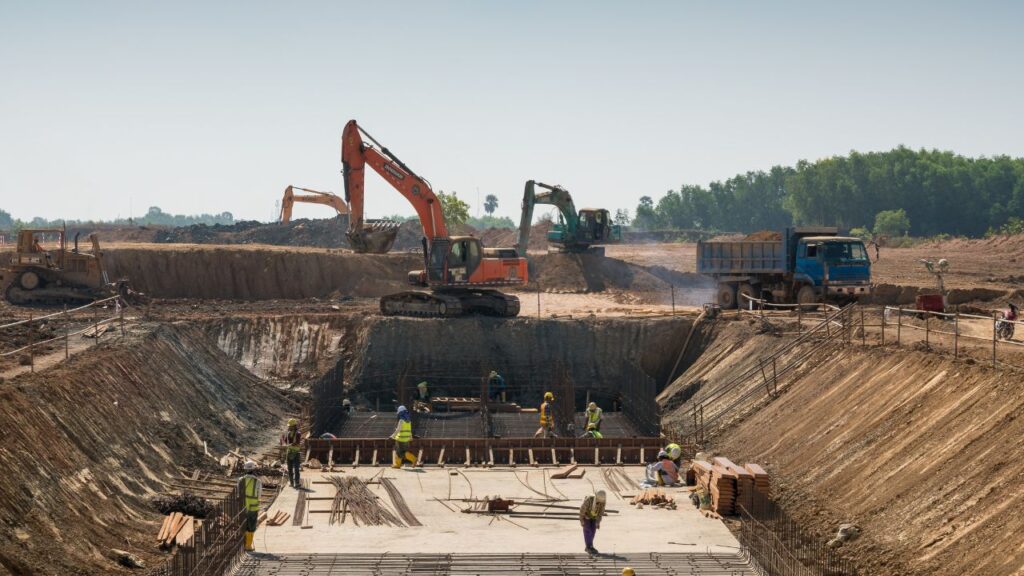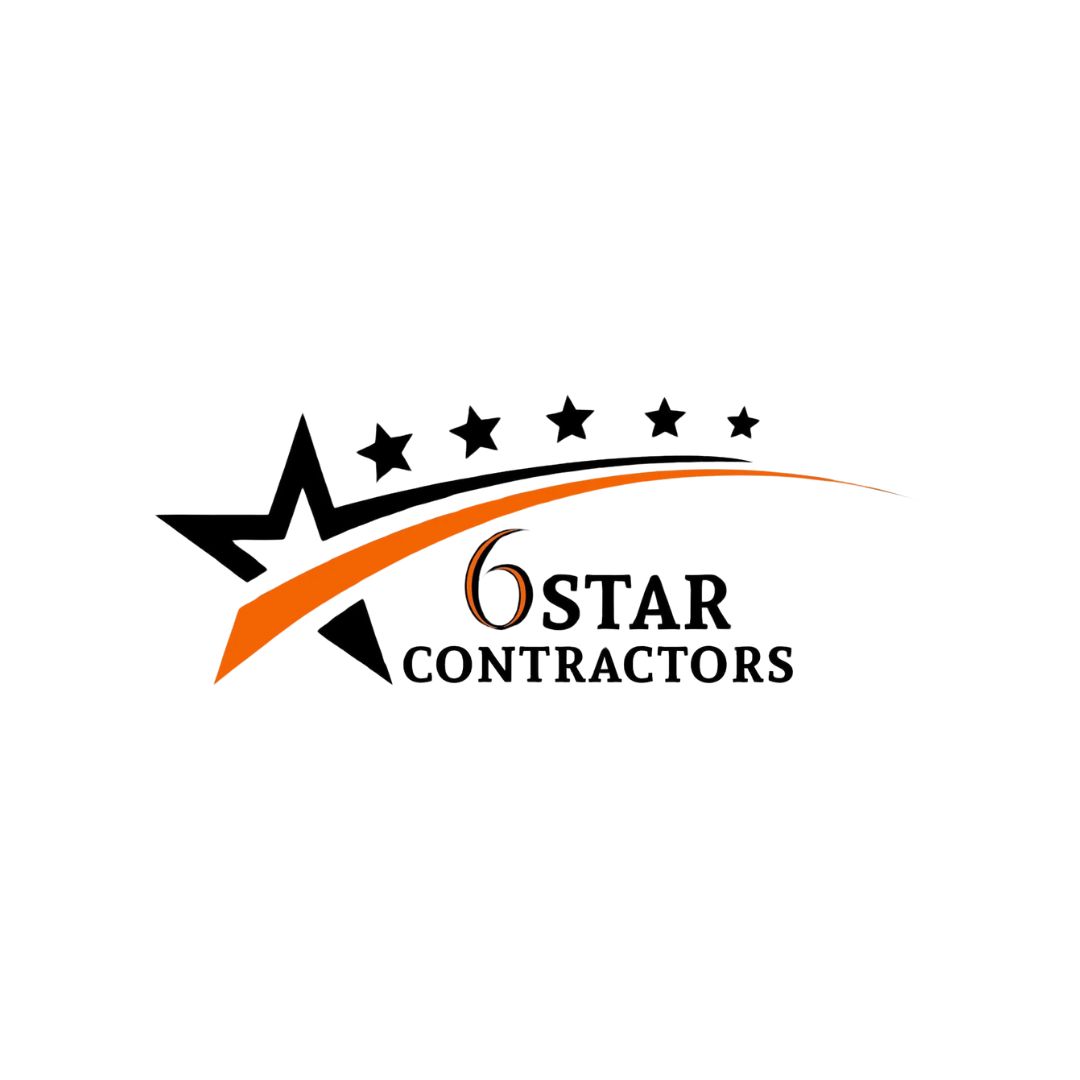- Homepage
- How Much Does a 40x60 Morton Building Cost?
How Much Does a 40x60 Morton Building Cost?
Leading provider of Morton Building services.
The cost of a 40×60 Morton building ranges from $90,000 to $188,640, influenced by materials, labor, and additional features. Material costs include the steel frame ($31,200 – $62,400), roofing ($19,200 – $38,400), siding ($24,000 – $50,400), insulation ($6,240 – $15,600), and doors/windows ($9,360 – $21,840). Labor costs vary from $71,760 to $155,520, covering site preparation, foundation work, steel erection, roofing installation, and interior finishing. Additional expenses for permits, utilities, and site improvements can add $26,000 to $53,300. Customization, building use, location, market conditions, and site conditions also affect the total cost.

Cost Breakdown for a 40x60 Morton Building
Materials
The cost of materials for a 40×60 Morton building can vary based on the specific design and customization options chosen. Here’s a breakdown of the typical costs for construction materials:
Material | Estimated Cost per Sq Ft (in dollars) | Total Cost for 2,400 Sq Ft (in dollars) |
Steel Frame | $13 – $26 | $31,200 – $62,400 |
Roofing | $8 – $16 | $19,200 – $38,400 |
Siding | $10 – $21 | $24,000 – $50,400 |
Insulation | $2.60 – $6.50 | $6,240 – $15,600 |
Doors and Windows | $3.90 – $9.10 | $9,360 – $21,840 |
Steel Frame
The steel frame is the backbone of the Morton building, providing structural support and stability. The cost of the steel frame depends on the type and gauge of steel used, as well as the complexity of the design. High-quality steel frames are essential for ensuring the building’s durability and resistance to environmental factors. These frames also allow for larger open spaces and flexible interior layouts, enhancing the building’s functionality and adaptability. Additionally, steel frames offer superior resistance to pests, fire, and corrosion, further enhancing the building’s longevity and safety, and making it a reliable choice for long-term use.
Roofing
The roofing system protects the building from weather elements and helps maintain a controlled internal environment. The choice of roofing material, such as metal panels or shingles, can impact the overall cost. Quality roofing materials enhance energy efficiency and reduce maintenance costs, contributing to the long-term value of the building. Properly installed roofing systems can also prevent leaks and extend the building’s lifespan, further enhancing the building’s durability and performance. Roofing choices can also be tailored to match aesthetic preferences, contributing to the overall appearance and marketability of the building, and potentially increasing its resale value.
Siding
The siding of the building provides protection and enhances its aesthetic appeal. Options include metal panels, vinyl siding, and wood cladding, each with different cost implications. Durable and weather-resistant siding materials can improve the building’s longevity and reduce maintenance requirements. Siding also plays a crucial role in insulation and energy efficiency, impacting overall operational costs and the comfort of the building’s interior. High-quality siding can also improve the building’s appearance, increasing its value and curb appeal, which is particularly beneficial for commercial or residential applications, attracting tenants or buyers.
Insulation
Insulation is crucial for maintaining temperature control within the building, reducing energy costs, and providing a comfortable interior environment. The type and thickness of insulation can affect the cost. Proper insulation can lead to significant savings on heating and cooling expenses, making it a worthwhile investment. Additionally, good insulation helps protect stored items from temperature fluctuations, preserving their quality and condition. Effective insulation also contributes to noise reduction, creating a quieter and more comfortable interior environment suitable for various uses, enhancing the building’s overall usability.
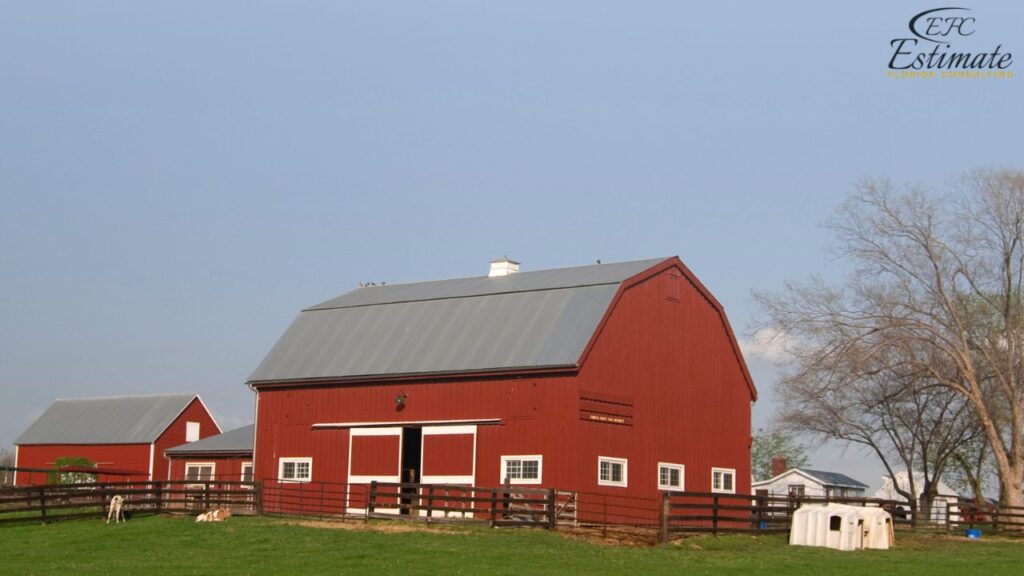
Doors and Windows
Doors and windows are essential for access, ventilation, and natural light. The cost depends on the type and quality of doors and windows installed. High-quality, energy-efficient doors and windows can improve the building’s safety and energy efficiency, enhancing its overall functionality and comfort. They also contribute to the building’s aesthetic appeal, creating a more inviting and professional look. Well-designed doors and windows can also enhance security and reduce energy costs, making them a valuable addition to any building project. Additionally, custom door and window options can improve the building’s accessibility and usability, catering to specific operational needs.
90% More Chances to Morton Building Bids with Our Estimate
Labor
Labor costs for constructing a 40×60 Morton building are influenced by the complexity of the job, the local labor market, and the contractor’s experience. Here’s an estimate of the labor costs:
Labor Task | Estimated Cost per Sq Ft (in dollars) | Total Cost for 2,400 Sq Ft (in dollars) |
Site Preparation and Excavation | $2.60 – $5.20 | $6,240 – $12,480 |
Foundation Work | $5.20 – $10.40 | $12,480 – $24,960 |
Steel Erection | $6.50 – $13.00 | $15,600 – $31,200 |
Roofing Installation | $3.90 – $7.80 | $9,360 – $18,720 |
Electrical and Plumbing | $5.20 – $10.40 | $12,480 – $24,960 |
Interior Finishing (Floors, Walls, etc.) | $6.50 – $13.00 | $15,600 – $31,200 |
Site Preparation and Excavation
Site preparation includes clearing the land, leveling, and excavation work necessary for the foundation. This step is crucial for ensuring a stable base for construction. Proper site preparation can prevent future structural issues and delays, ensuring a smooth construction process. Additionally, it helps in managing water drainage and soil stability, which are critical for the building’s long-term performance. Effective site preparation minimizes the risk of foundation problems and ensures the building remains level and secure over time. Properly managed site preparation also ensures compliance with environmental regulations, avoiding potential legal issues.
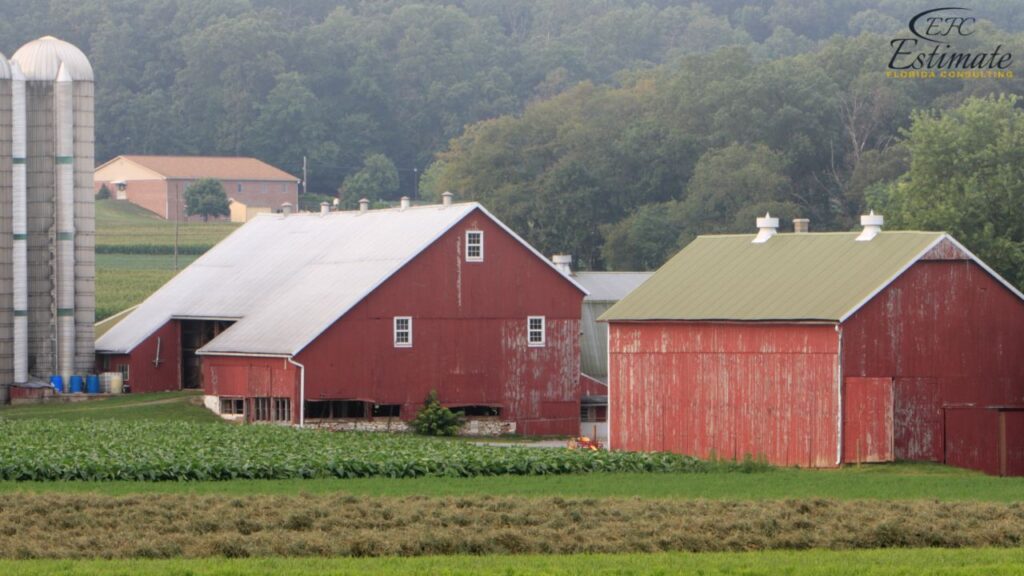
Foundation Work
The foundation work involves pouring the concrete slab and any necessary footings. This step provides a stable and durable base for the building. A strong foundation is essential for supporting the weight of the structure and ensuring its longevity. Proper foundation work is critical for the overall stability and durability of the building. High-quality foundation work also improves the building’s load-bearing capacity, making it suitable for heavy equipment and high-traffic areas, and preventing issues like settling or shifting. Additionally, a well-constructed foundation enhances the building’s resistance to seismic activity and other ground movements.
Steel Erection
Erecting the steel frame requires skilled labor and specialized equipment. This task involves assembling the steel components and securing them in place. Proper steel erection is critical for the structural integrity of the building. Skilled labor and precise installation ensure that the steel frame is correctly aligned and securely fastened, providing a solid and reliable structure. Properly erected steel frames provide a strong skeleton for the building, capable of withstanding various stresses and environmental conditions, enhancing overall safety and durability. The use of high-quality tools and techniques further enhances the efficiency and safety of the erection process, reducing the risk of accidents and ensuring compliance with safety standards.
Roofing Installation
Installing the roofing system includes placing the roof panels, insulation, and any additional features such as skylights or ventilation systems. Quality roofing installation protects the building from weather damage and helps maintain a controlled internal environment. Proper roofing installation ensures that the roof is well-sealed and insulated, preventing leaks and energy loss, contributing to the overall energy efficiency and durability of the building, and reducing long-term maintenance costs. Additionally, well-installed roofing can enhance the building’s appearance and provide opportunities for incorporating sustainable features like solar panels, further reducing operational costs.
Electrical and Plumbing
Installing electrical and plumbing systems involves running the necessary wiring and pipes, setting up lighting, HVAC systems, and ensuring proper drainage and water supply. These systems are vital for the building’s functionality and safety. Proper installation of electrical and plumbing systems ensures that the building operates efficiently and meets all regulatory standards. High-quality installation reduces the risk of future repairs and maintenance, ensuring reliable operation, and improves the building’s efficiency, safety, and compliance with modern standards and codes. Additionally, well-designed electrical and plumbing systems can improve the building’s efficiency, safety, and compliance with modern standards and codes, enhancing the overall user experience.
Interior Finishing
Interior finishing includes installing flooring, interior walls, insulation, and any other necessary features. This step ensures the building is functional, comfortable, and meets specific operational needs. Quality interior finishing enhances the efficiency and usability of the space, providing a comfortable and functional environment. Well-executed interior finishing adds to the aesthetic appeal of the building, making it more attractive and welcoming, and improves the durability and longevity of the interior, reducing the need for frequent updates and repairs. High-quality finishes can also improve the durability and longevity of the interior, reducing the need for frequent updates and repairs, and creating a more pleasant environment for occupants.
We Provide 3D Rendering Services!
For Morton Building and Other Projects
Turnaround time is 1-2 days.
Win More Projects With Us
Additional Costs
Additional costs can include permits, inspections, and any necessary upgrades to the site. Here’s an estimate of the additional costs:
Additional Component | Estimated Cost (in dollars) |
Permits and Inspections | $5,200 – $10,400 |
Site Utilities (Water, Sewer, etc.) | $7,800 – $15,600 |
Site Improvements (Landscaping, Paving, etc.) | $9,100 – $19,500 |
Miscellaneous Expenses | $3,900 – $7,800 |
Permits and Inspections
Obtaining the necessary permits and passing inspections are essential steps in the construction process. These ensure that the building complies with local building codes and regulations. Permit and inspection fees can vary by location and are critical for legal compliance and safety assurance. Proper documentation and approval processes help in avoiding legal issues and ensure that the building meets all safety and quality standards. Additionally, staying compliant with permits and inspections can prevent costly fines and project delays, ensuring a smoother construction process. Proper documentation and approval processes help in avoiding legal issues and ensure that the building meets all safety and quality standards.
Site Utilities
Installing site utilities such as water, sewer, and electrical connections is necessary for the building’s functionality. The cost depends on the distance to existing utility lines and the complexity of the installation. Proper utility connections are essential for daily operations and overall efficiency. High-quality utility installations ensure reliable service and reduce the risk of disruptions, contributing to the building’s operational effectiveness. Investing in reliable utility infrastructure can also enhance the building’s value and appeal to potential tenants or buyers, making it a more attractive investment.
Site Improvements
Site improvements include landscaping, paving, and any other enhancements to the exterior of the building. These improvements can enhance the appearance and functionality of the site. Quality site improvements can also increase property value and provide a better working environment. Additionally, well-designed site improvements can improve accessibility and logistics, facilitating smooth operations and enhancing the overall appeal of the property. Thoughtful landscaping and site design can also contribute to environmental sustainability and create a more pleasant and inviting atmosphere, benefiting both the occupants and the surrounding community.
Miscellaneous Expenses
Miscellaneous expenses can include unexpected costs that arise during the project, such as additional materials, equipment rentals, or unforeseen repairs. Having a contingency budget for these expenses helps ensure that the project stays on track and can handle any surprises without significant delays or cost overruns. Planning for contingencies provides financial flexibility and peace of mind, allowing for effective management of unexpected challenges. Including a contingency budget also demonstrates thorough planning and risk management, which can be reassuring to stakeholders and financiers, ensuring the project’s success and timely completion.
Factors Affecting the Cost of a Morton Building
Customization Options
The level of customization chosen for the building can significantly impact the cost. Custom features such as specialty doors, windows, unique roof designs, and interior finishes can increase the overall price. However, these features can also add significant value and functionality to the building, making it worth the investment. Customization allows you to tailor the building to specific needs, enhancing its usability and appeal. Furthermore, personalized designs can improve the building’s marketability and adaptability, ensuring it meets both current and future requirements, and increasing its resale value.

Building Use
The intended use of the building can affect the cost. For example, buildings designed for residential use may require more detailed interior finishes and additional amenities compared to those intended for storage or agricultural purposes. Understanding the specific requirements of the building’s intended use can help in planning and budgeting effectively. Different uses may also necessitate varying levels of insulation, electrical systems, and plumbing, influencing the overall design and cost. Additionally, the building’s use can determine specific regulatory and compliance requirements, impacting the overall project scope and cost.
Location
The location of the building site can impact costs due to varying land prices, labor rates, and local building codes. Urban areas typically have higher costs compared to rural locations. Additionally, proximity to suppliers and transportation networks can influence logistical costs and operational efficiency. Selecting an optimal location can balance cost and operational needs, contributing to the project’s overall success. The site’s geographic and environmental conditions can also affect construction methods and materials, further impacting costs. Furthermore, local weather conditions and environmental factors can influence the design and material choices, affecting the overall project cost.
90% More Chances to Win Projects With Our Estimate!
- Multi-Family Building
- Hotel Building
- Hospital Building
- Warehouse Building
- School & University Building
- High-Rise Building
- Shopping Complex
- Data Center Building
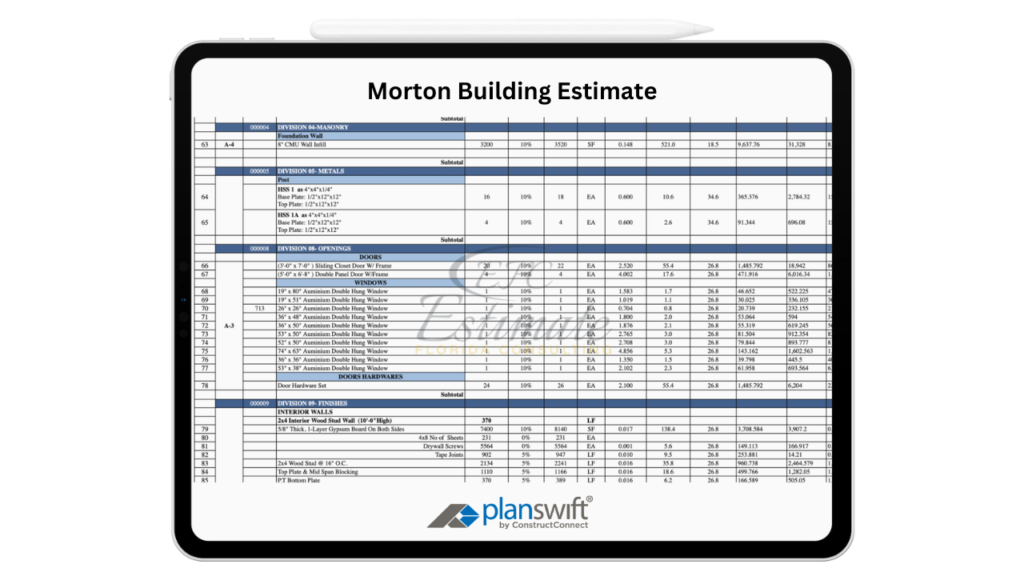
Market Conditions
Market conditions, including the availability of materials and labor, can influence costs. Fluctuations in material prices and labor availability can cause costs to vary. Monitoring market trends and securing contracts early can help lock in prices and avoid unexpected cost escalations. Staying informed about market conditions can aid in strategic planning and budgeting. Economic factors such as inflation, supply chain disruptions, and demand fluctuations can also impact overall project costs and timelines. Additionally, market competition can affect pricing, making it essential to obtain multiple quotes to ensure competitive pricing.
Site Conditions
The condition of the building site, including soil quality, drainage, and accessibility, can affect costs. Sites that require extensive preparation, such as grading or soil stabilization, will add to the overall expense. Conducting thorough site assessments can help plan for necessary adjustments and mitigate potential challenges. Proper site preparation ensures a stable and secure foundation for the building. Additionally, addressing site-specific issues early can prevent costly complications and ensure a smoother construction process. Site conditions can also influence the choice of construction methods and materials, affecting the overall project scope and cost.
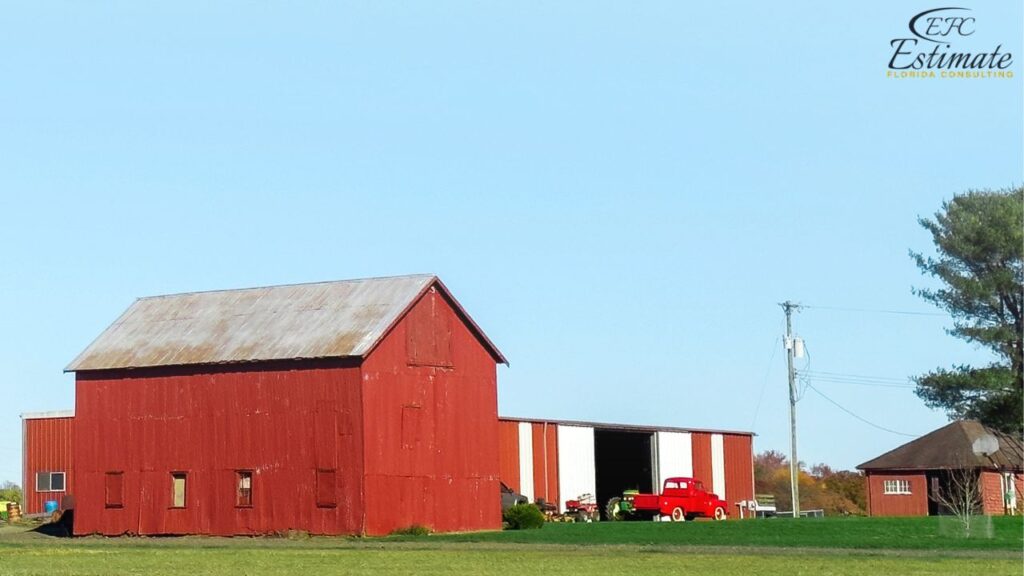
Detailed Cost Comparison
Material Quality
The quality of materials used for construction can affect both the initial cost and the long-term performance of the building. Higher-quality materials tend to be more durable and reliable but come with a higher price tag.
Material Quality | Estimated Cost per Sq Ft (in dollars) | Total Cost for 2,400 Sq Ft (in dollars) |
Basic | $37.50 | $90,000 |
Mid-Range | $58.05 | $139,320 |
High-End | $78.60 | $188,640 |
Labor Complexity
The complexity of the construction job can influence labor costs. More complex installations, such as those involving specialized systems or extensive interior finishes, will require more time and expertise.
Labor Complexity | Estimated Cost per Sq Ft (in dollars) | Total Cost for 2,400 Sq Ft (in dollars) |
Basic | $30.90 | $71,760 |
Mid-Range | $47.85 | $114,840 |
High-End | $64.80 | $155,520 |
Additional Features
Adding additional features to the building, such as advanced security systems, climate control, or enhanced lighting, can increase the overall cost but provide enhanced functionality and convenience.
Feature | Estimated Cost (in dollars) |
Advanced Security Systems | $7,000 – $14,000 |
Climate Control Systems | $12,000 – $24,000 |
Enhanced Lighting | $4,500 – $9,000 |
Download Template For Morton Building Project Breakdown
- Materials list updated to the zip code
- Fast delivery
- Data base of general contractors and sub-contractors
- Local estimators
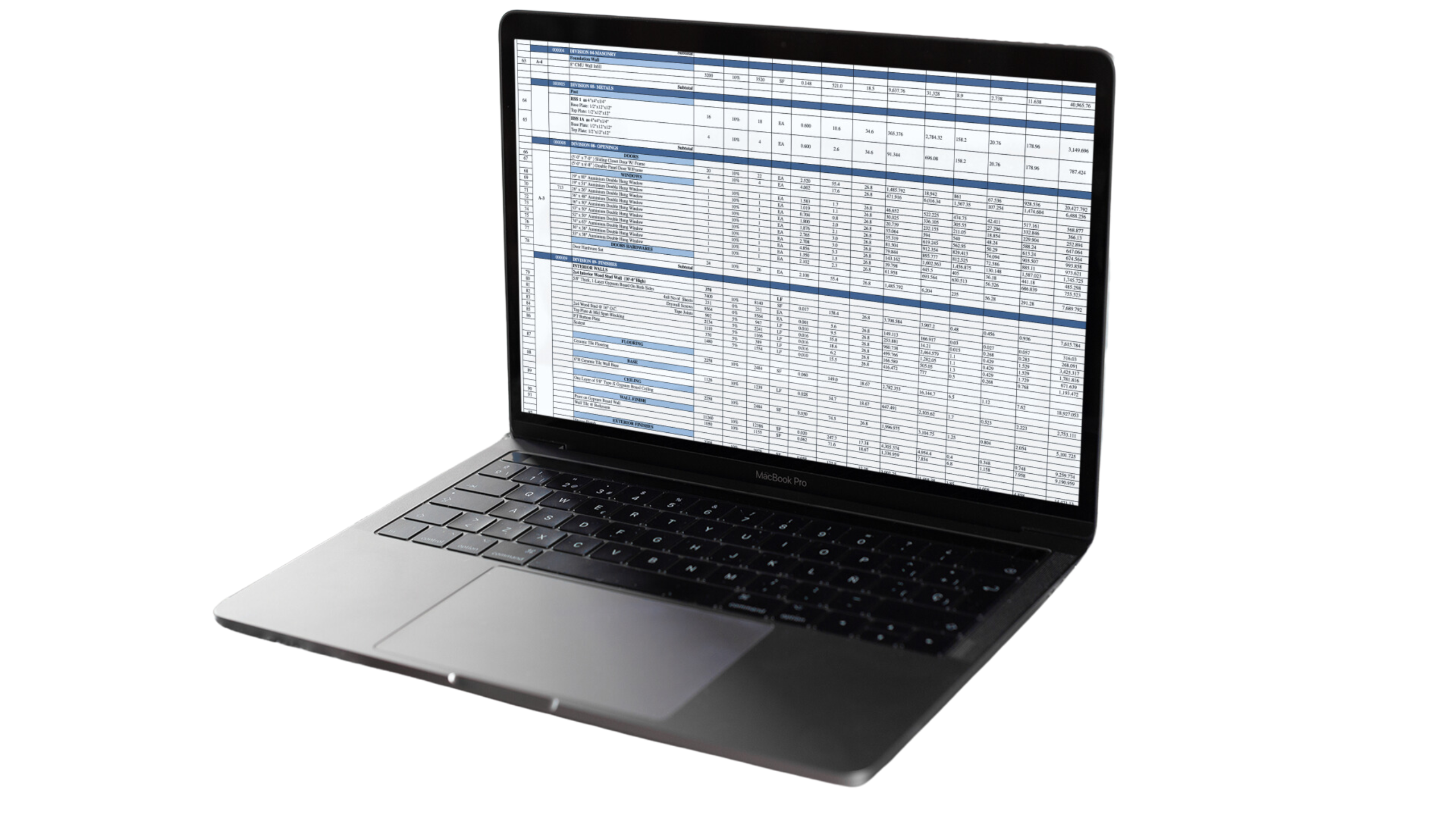
Benefits of a Morton Building
Durability and Quality
Morton Buildings are known for their exceptional durability and high-quality materials. The use of premium materials such as high-strength steel and laminated columns ensures these buildings can withstand harsh weather conditions and provide long-term reliability. Superior craftsmanship and engineering precision contribute to the overall strength and longevity of the structure, reducing the need for frequent repairs and maintenance and providing peace of mind.
Customizability
One of the key advantages of Morton Buildings is their customizability. You can design your building to meet specific needs, whether it’s for storage, a workshop, an office, or a home. Custom options include various door styles, windows, insulation, and interior finishes, allowing you to create a building that perfectly suits your functional requirements and aesthetic preferences. This flexibility ensures the building can adapt to future needs, making it a long-term investment.
Energy Efficiency
Morton Buildings are designed with energy efficiency in mind. Features such as high R-value insulation, energy-efficient windows, and ventilation systems help reduce energy consumption and maintain a comfortable interior environment. Energy-efficient buildings can lead to significant savings on heating and cooling costs over the long term, making Morton Buildings a cost-effective choice. Additionally, energy-efficient designs contribute to sustainability efforts and reduce the building’s environmental impact.
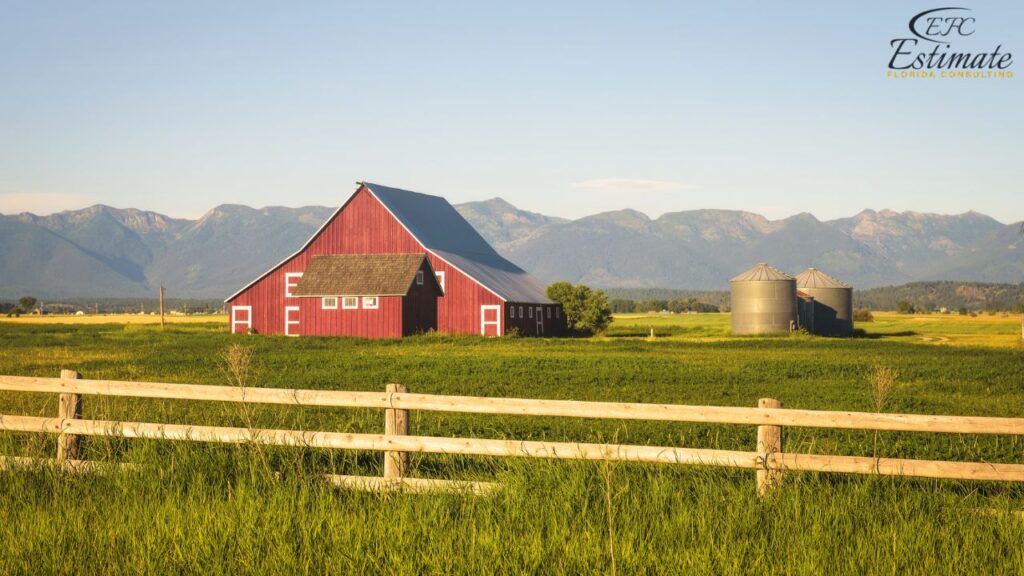
Low Maintenance
Morton Buildings require minimal maintenance due to their high-quality construction and durable materials. The use of rust-resistant steel, durable roofing, and weather-resistant finishes means these buildings can maintain their appearance and functionality with minimal upkeep. Low maintenance requirements can save time and money, making Morton Buildings a practical and cost-effective investment. Regular maintenance tasks are straightforward, further enhancing the building’s appeal and longevity.
Cost-Saving Tips
Plan Ahead
Planning the construction project early can help identify potential issues and reduce costs. Consider future needs and include features that can accommodate growth and changes in operations. Early planning allows for more efficient project management and resource allocation. Engaging with professionals early in the planning process can ensure all aspects are considered, leading to a more streamlined and cost-effective project. Detailed planning can also help avoid common pitfalls and ensure that all regulatory and compliance requirements are met. Early engagement with architects, engineers, and contractors can also help identify potential cost-saving opportunities.
Get Multiple Quotes
Obtain multiple quotes from contractors to compare prices and services. This can help you find the best deal and ensure that you’re getting quality work at a competitive price. Additionally, checking references and reviewing past projects can provide insights into the contractor’s reliability and workmanship. Competitive bidding can encourage better pricing and service offerings, enhancing overall project value. Comparing quotes also provides a clearer understanding of the market rate, helping you budget more accurately and avoid overpaying. Negotiating with contractors can also lead to additional savings and value-added services.
Use Standard Designs
Opt for standard designs and materials instead of custom or high-end options. Standard designs are often more affordable and readily available, helping to reduce overall costs. Using pre-engineered building designs can also streamline the construction process and reduce costs. Standardized designs can simplify permitting and regulatory compliance, reducing the time and cost associated with approval processes. Additionally, standard designs often benefit from established supply chains and proven construction methods, further enhancing efficiency and cost savings. Leveraging existing design templates can also speed up the planning and approval process.
Perform Some Tasks In-House
If you have the expertise and resources, consider performing some tasks in-house, such as site preparation or interior finishing. This can save on labor costs and provide more control over the project. However, it’s important to ensure that all work meets safety and quality standards. Leveraging in-house capabilities can also enhance project flexibility and responsiveness, allowing for efficient management of resources and timelines. Performing tasks in-house can also build internal skills and knowledge, benefiting future projects and maintenance needs. Additionally, in-house work can ensure adherence to specific quality standards and project timelines.
Plan for Contingencies
Include a contingency budget of 10-20% to cover unexpected expenses. This ensures that you are prepared for any unforeseen issues that may arise during the project. Planning for contingencies can provide peace of mind and financial flexibility, allowing you to address any surprises without derailing your budget. A well-planned contingency budget can enhance project resilience and ensure successful completion despite unforeseen challenges. Being prepared for unexpected costs demonstrates thorough planning and risk management, which can instill confidence in stakeholders and financial backers. Contingency planning also allows for quicker response to unexpected issues, minimizing project delays.
Get 5 New Projects in the Next 7 Days With Our System
Conclusion
Building a 40×60 Morton building is a significant investment that requires careful planning and budgeting. By understanding the various costs involved and the factors that influence these costs, you can make informed decisions and ensure the success of your building project. Investing in high-quality materials, working with experienced professionals, and planning for contingencies can ensure a successful and cost-effective construction process. Properly managing the project not only ensures compliance with safety standards but also maximizes the long-term benefits of the investment. Taking a proactive approach to project management and budgeting can lead to a successful outcome, providing a functional, efficient, and valuable asset that supports your specific needs and goals for years to come. By considering all aspects of the construction process and leveraging best practices in project planning and execution, you can achieve a high-quality Morton building that meets your expectations and delivers significant return on investment. Comprehensive planning and execution will help you navigate challenges, optimize resources, and achieve a building that enhances your operational efficiency and meets all regulatory and safety requirements. By thoroughly understanding the costs and planning effectively, you can ensure your Morton building project is a success, delivering long-term value and meeting your needs.
Frequently Asked Question
The estimated cost of a 40×60 Morton building ranges from $90,000 to $188,640, depending on materials, labor, and additional features.
Material costs for a 40×60 Morton building include:
- Steel Frame: $31,200 – $62,400
- Roofing: $19,200 – $38,400
- Siding: $24,000 – $50,400
- Insulation: $6,240 – $15,600
- Doors and Windows: $9,360 – $21,840
Labor costs vary from $71,760 to $155,520, covering site preparation, foundation work, steel erection, roofing installation, and interior finishing.
Additional expenses include permits, utilities, and site improvements, adding $26,000 to $53,300 to the total cost.
Customization options such as specialty doors, windows, unique roof designs, and interior finishes can significantly increase the overall cost but add value and functionality.
Buildings designed for residential use may require more detailed finishes and amenities, affecting the overall cost compared to buildings intended for storage or agricultural purposes.
The cost varies by location due to differences in land prices, labor rates, and local building codes, with urban areas typically being more expensive than rural locations.
Fluctuations in material prices and labor availability can impact costs. Securing contracts early and staying informed about market trends can help manage these fluctuations.
Site conditions, including soil quality, drainage, and accessibility, can influence costs. Extensive site preparation, such as grading or soil stabilization, can add to the expense.
To save on costs, plan ahead, get multiple quotes from contractors, use standard designs, perform some tasks in-house, and include a contingency budget for unexpected expenses.
Comprehensive Trade-Specific Estimates
At Estimate Florida Consulting, we offer detailed cost estimates across all major trades, ensuring no part of your project is overlooked. From the foundation to the finishing touches, our trade-specific estimates provide you with a complete and accurate breakdown of costs for any type of construction project.

Testimonials
What Our Clients Say
We take pride in delivering accurate, timely, and reliable estimates that help contractors and builders win more projects. Our clients consistently praise our attention to detail, fast turnaround times, and the positive impact our estimates have on their businesses.
Estimate Florida Consulting has helped us win more bids with their fast and accurate estimates. We trust them for every project!
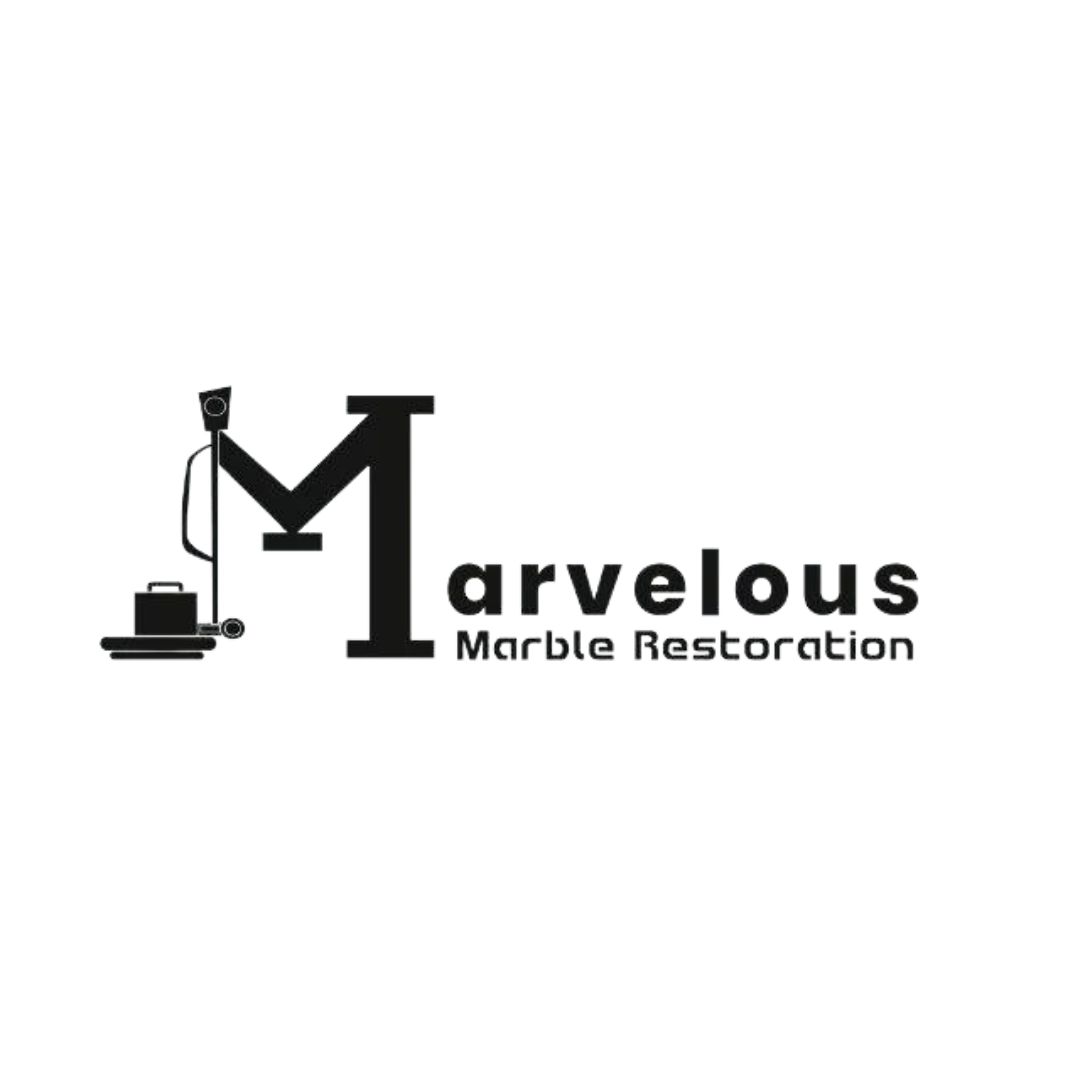
Steps to Follow
Our Simple Process to Get Your Estimate
01
Upload Plans
Submit your project plans, blueprints, or relevant documents through our online form or via email.
02
Receive Quotation
We’ll review your project details and send you a quote based on your scope and requirements.
03
Confirmation
Confirm the details and finalize any adjustments to ensure the estimate meets your project needs.
04
Get Estimate
Receive your detailed, trade-specific estimate within 1-2 business days, ready for your project execution.


